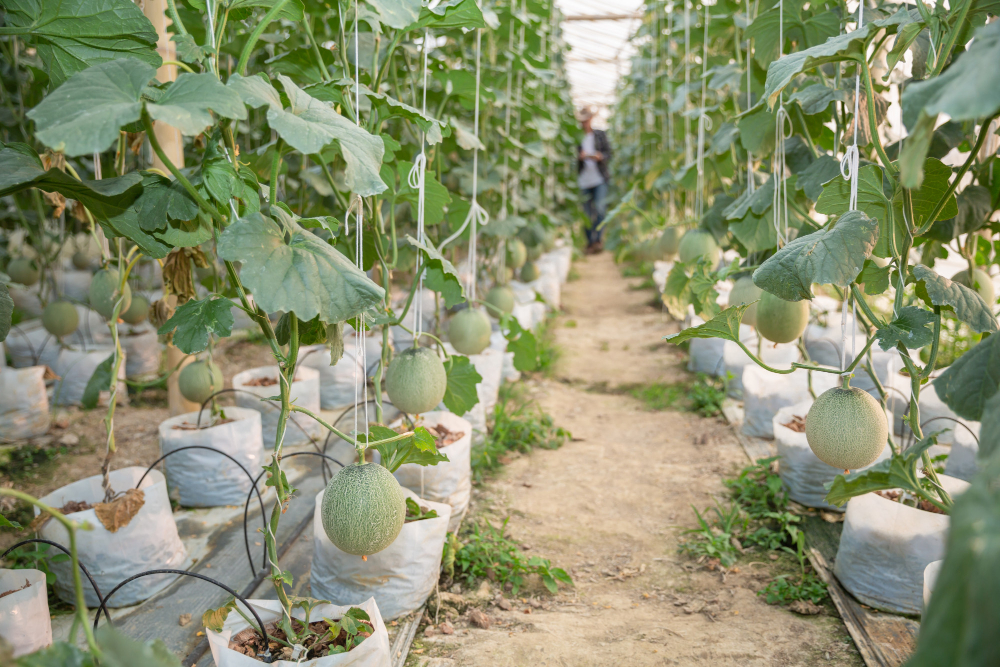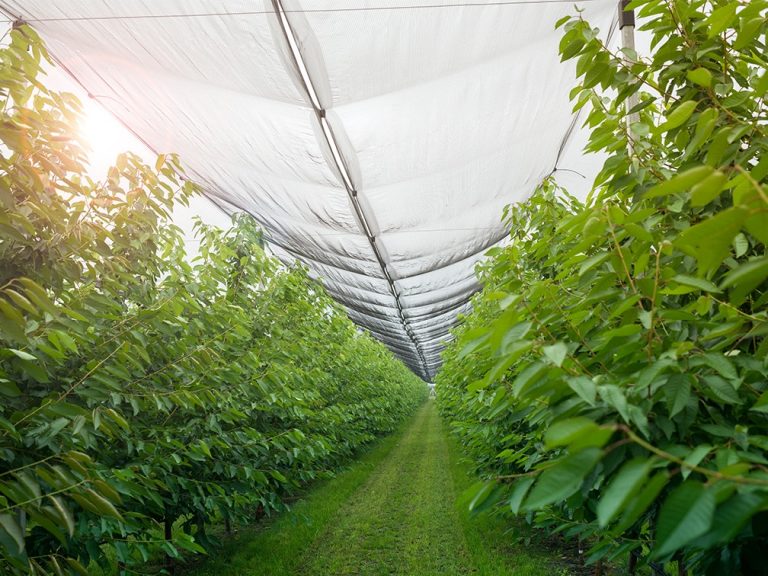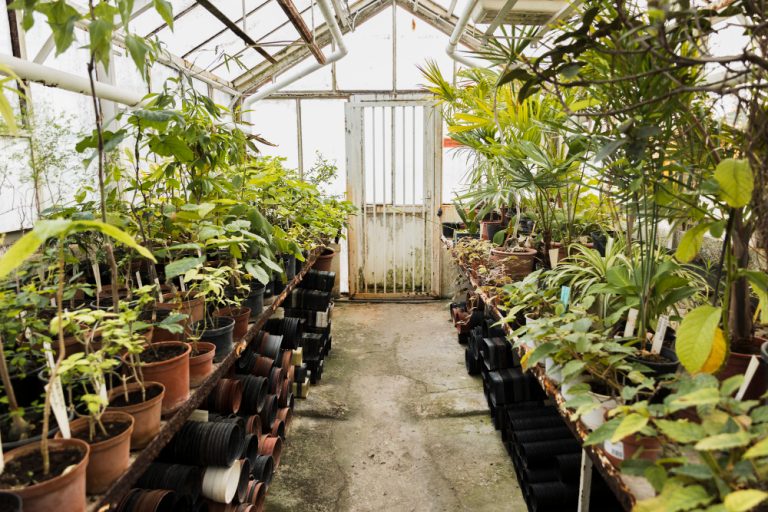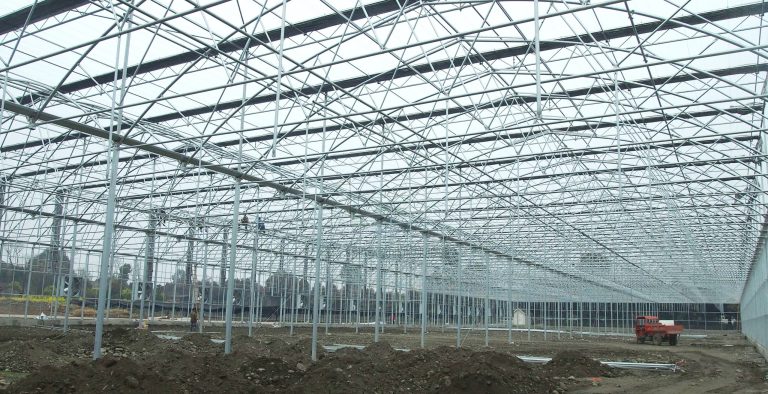
Maintaining stable temperatures in a greenhouse during fluctuating weather requires a mix of passive and active strategies to prevent extremes that could stress or damage plants. The goal is to create a buffered microclimate, ideally keeping daytime temps between 65-85°F (18-29°C) and nighttime above 55°F (13°C) for most crops, though this varies by plant type. Below, I’ll outline key methods based on proven techniques.1. Insulate Effectively Proper insulation helps retain heat during cold snaps and blocks excess heat in warm spells.
- Wrap the greenhouse structure with materials like bubble wrap (a large roll can be used to cover the entire thing multiple times for better thermal retention). Cut small vents or install fans in the wrap to allow controlled airflow.
- Seal all gaps, drafts, and cracks around doors, vents, and frames to prevent heat loss or gain. Use weatherstripping or caulk for this.
- Add internal layers like horticultural fleece or double-layered polycarbonate panels for extra barrier against fluctuations.
2. Optimize Ventilation and Airflow Ventilation is crucial for releasing built-up heat or humidity while allowing fresh air in without drastic drops.
- Install automatic vent openers or exhaust fans that respond to temperature changes—open vents when internal temps rise above external ones, and close them during cold periods.
- Use shade cloth or netting over the roof and sides during hot, sunny days to reduce solar gain by up to 50%, preventing spikes. Remove or adjust it as weather cools.
- For overnight stability, consider a fan near the top to circulate air and prevent cold pockets.
3. Incorporate Thermal Mass Materials that absorb and slowly release heat act as natural stabilizers.
- Place dark-colored water barrels, stone slabs, or bricks inside the greenhouse; they soak up daytime heat and radiate it back at night, potentially raising lows by 5-10°F.
- Use raised beds or containers with compost-rich soil, which holds heat better than bare ground.
4. Use Heating and Cooling Systems For more control in extreme weather:
- Electric or propane heaters for cold nights, paired with thermostats to avoid overuse.Heated germination mats can also warm the space indirectly.
- Evaporative coolers or misting systems for hot periods, which lower temps through humidity without fans alone.
- Invest in automated systems (e.g., smart thermostats or controllers) that integrate heating, cooling, and ventilation for hands-off stability.
5. Monitor and Maintain Moisture Temperature ties closely to humidity and soil conditions.
- Check soil moisture daily; water in the morning or evening to minimize evaporation and plant shock. Overly dry soil can amplify heat stress.
- Apply mulch (e.g., straw or wood chips) around plants to retain soil heat and moisture, reducing fluctuations at root level.
- Use a digital thermometer/hygrometer setup with alerts to track internal vs. external conditions in real-time.
| Method | Best For | Pros | Cons |
|---|---|---|---|
| Insulation (e.g., bubble wrap) | Cold fluctuations | Low-cost, easy install | May reduce light if overdone |
| Ventilation & Shade | Heat spikes | Improves air quality | Requires monitoring to avoid over-cooling |
| Thermal Mass (e.g., water barrels) | Day-night swings | Passive, no energy use | Takes up space |
| Automated Systems | All weather | Precise control | Higher upfront cost |
Start with basic monitoring and insulation, then add tech as needed. Tailor to your local climate—e.g., more heating in northern areas. If issues persist, test for plant-specific needs, as some tolerate swings better than others.




